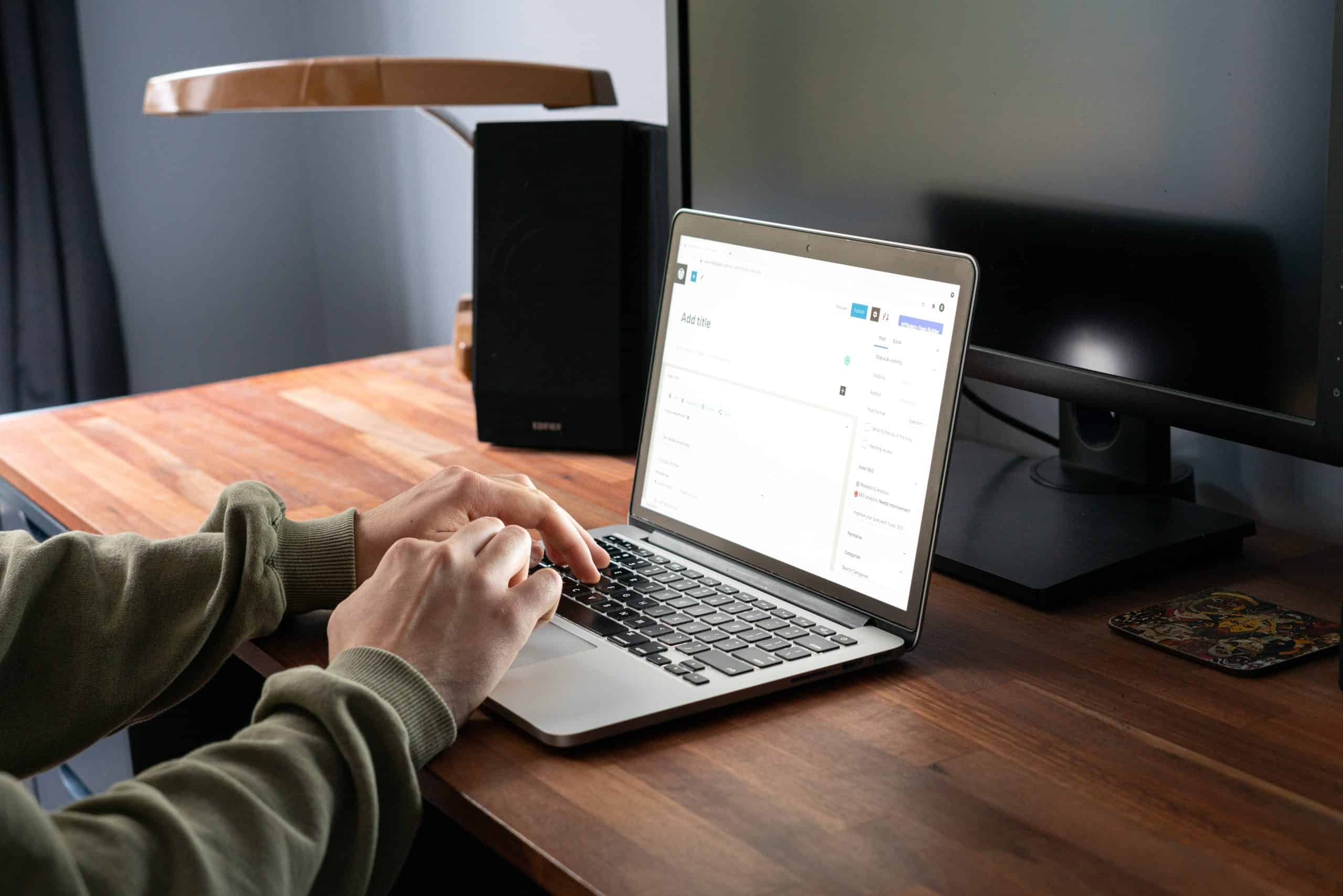WordPress, the popular content management system (CMS), offers a robust system of user roles and permissions that allows website owners to control access and manage user activities. Understanding these user roles and their associated permissions is essential for effectively managing your WordPress site. In this beginner’s guide, we will explore the different user roles available in WordPress and provide insights into their respective permissions and responsibilities.

1. Administrator
The Administrator role holds the highest level of authority in a WordPress site. Administrators have complete control over all aspects of the website, including content creation, plugin and theme installation, user management, and site settings. They can modify other user roles, create new user accounts, and even delete the site entirely. It is crucial to assign the Administrator role only to trusted individuals who require full access and responsibility for managing the site.
2. Editor
Editors have the authority to manage and publish content on a WordPress site. They can create, edit, and delete posts and pages, as well as moderate comments. However, editors do not have access to site settings, plugin installations, or user management. This role is suitable for individuals who are responsible for content creation, ensuring quality, and maintaining the editorial integrity of the site.
3. Author
Authors have the ability to create and manage their own posts. They can publish, edit, and delete their own content, including media files. However, authors cannot modify or publish posts created by other users, nor can they access site settings or plugins. The author role is ideal for individuals who contribute articles or blog posts to the site but do not require administrative or editorial control.
4. Contributor
Contributors have limited capabilities and can only create and manage their own posts. However, their posts need to be reviewed and approved by an editor or administrator before they can be published. Contributors cannot upload media files or publish posts directly. This role is suitable for guest authors or individuals who provide occasional contributions to the site.
5. Subscriber
Subscribers have the most basic level of access and are primarily focused on interacting with the site through comments and user profiles. They can create and manage their own profiles, subscribe to newsletters, and leave comments on posts. Subscribers have no access to content creation or administrative functions. This role is typically assigned to regular visitors who wish to engage with the site and receive updates.
Managing User Roles and Permissions
WordPress allows site administrators to modify user roles and permissions based on their requirements. Here are a few key points to consider when managing user roles:
- Assess User Responsibilities: Determine the specific tasks and responsibilities each user will have on the site. Assign user roles accordingly to ensure appropriate access levels.
- Restrict Access: Avoid assigning higher-level roles, such as Administrator or Editor, to individuals who do not require those permissions. Limiting access helps minimize the risk of accidental changes or malicious activities.
- Regularly Review and Update: As your site evolves, periodically review user roles and permissions. Remove or modify roles for users who no longer require certain access levels, and ensure that new users are assigned appropriate roles from the start.
- Utilize Plugins: WordPress offers various plugins that enhance user management and allows for more granular control over permissions. Plugins like User Role Editor can simplify the process of customizing user roles to meet your specific needs.
Understanding user roles and permissions is crucial for effectively managing a WordPress site. By assigning appropriate roles, you can control access levels and responsibilities, ensuring that users have the necessary privileges without granting unnecessary authority. Whether you are an administrator, editor, author, contributor, or subscriber, knowing your role and its associated permissions will enable you to navigate and contribute to your WordPress site with confidence.